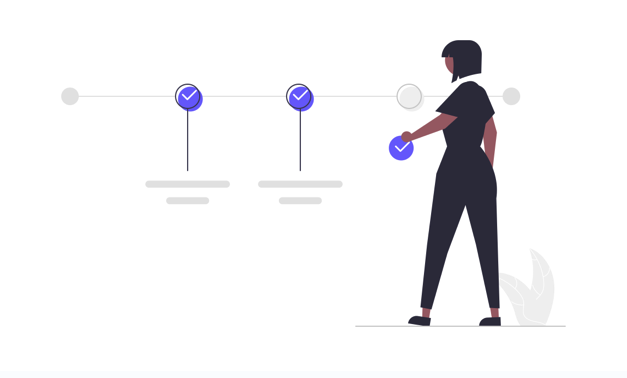Vision documents, list of principles, ethical frameworks … A lot of us are contributing to these documents, but what purposes do they serve? Is it essential to create them, and are they worth the effort? How can we translate these theoretical constructs into actionable steps? These questions took centre stage during the learning community ‘AI and ethics in practice’ meet-up on February 20, 2024.
In this article, we summarise the do’s and don’ts of developing such documents and how you can go from a vision document to tangible tools and actionable steps that align with your organisation’s daily operation.
The insights shared in this article stem from four insightful presentations and subsequent discussions with our community members.
The presenters were:
- Rob Heyman (Knowledge Centre Data & Society) shared four insights on developing vision text on the development or use of AI.
- Katrien Alen and Kevin Polley (Kenniscentrum Digisprong) explained how the vision text on using AI in education was developed.
- Hilde Vandenhoudt (LiCalab) gave more information on the principles for caring technology, and how they (will) translate this document into practical insights and hands-on tools.
- Annelies Vanderhoydonks (AI Competence Centre, Digitaal Vlaanderen) talked about the constitution of the six principles on using AI in governments.






